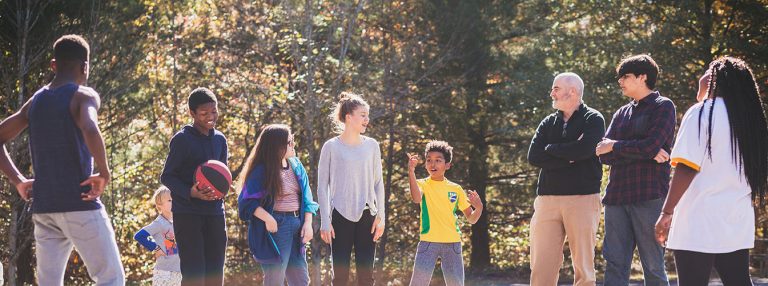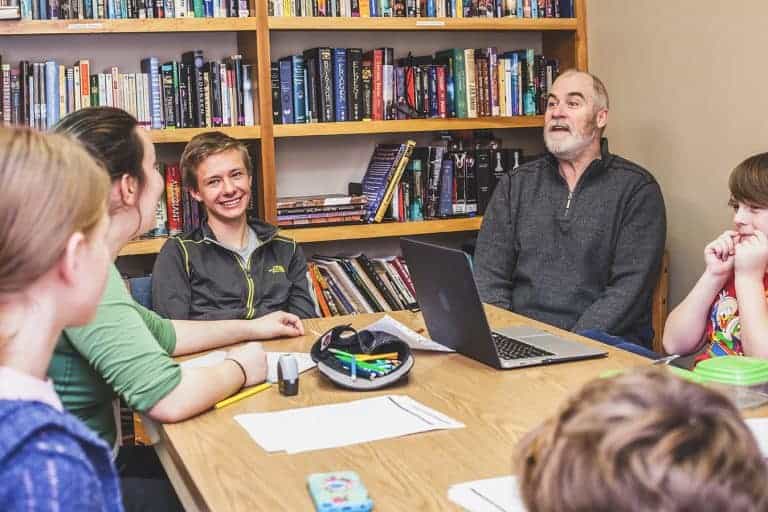Adaptation To Change: The Way We Became Human?
Whereas traditional school environments rely on stability, predictability and routine, a Sudbury school environment like Fairhaven is characterized by change and variability. To be sure, we do have our routines and structures here: just today we convened our first School Meeting of the year, where we elected students to run the meeting and record the minutes. We also elected students to run the daily Judicial Committee meeting. We decided many other issues, including purchasing a new fire alarm annunciator for $510 and authorizing a room use change. All of these were orderly, routine decisions. However, the outcomes were not predetermined; rather, they were unknown variables until the meeting voted.
Meanwhile, the activities of the students this week were absolutely unknown until they (the students) chose them. Play on the swings? Talk with friends on the porch? Play computer games? Check Facebook? Join a creative writing class? Eat now, or eat later? A Fairhaven day and education is absolutely variable. While the meetings and rules provide the bones of the school, the muscles, nerves and organs rely upon student initiative, curiosity and interest. They rely on adaptation, and there may be anthropological evidence that the most significant advances in evolution from apes to homonids came in response to climate change, i.e. adaptation.
A recent NOVA series called Becoming Human included a theory that the advance from apes to homo habilis (proto-humans) coincided with a relatively short period of unstable climate changes on the African savanna. After millions of years of constant climate, suddenly brain sizes grew, eye sockets faced more forward, and bodies walked erect, all in response to periods of drought and flooding. Here’s a quote from anthropologist Rick Potts, one of the proponents of this theory:
“Maybe this has something to do with human evolution, and it’s not the survival of the fittest in any one environment but the survival of the more versatile, the more general and flexible creatures that would really persist over time. This gave me a new insight into human evolution. The origin of stone tools, the expansion of the brain, and the complexity of social life that we see with the emergence of our own species may actually be a response not to just the dry savanna or the cold Ice Age but to the wide and dramatic variability of climate over time.”
http://www.pbs.org/wgbh/nova/evolution/adaptable-human.html
It’s not the survival of the fittest in any one environment but the survival of the more versatile, the more general and flexible creatures that would really persist over time. When I heard this, how could I not think of the efficacy of a Sudbury environment for growth and development? If indeed we are headed into a time of climate instability, I want our young people to have experience with change, to be able to think and thrive in an environment that is not predetermined. If Potts and others are correct, we are, in fact, hard-wired for it!
Of course, both homo habilis and homo erectus became extinct prior to the emergence of homo sapiens, and anthroplogy is a complex science. Nevertheless, the conclusion that life on earth can be unpredictable is irrefutable, and schools should mirror and thereby prepare people for this unpredictability. Thankfully, ours does.
Great to be back at Fairhaven School, the dynamic savanna of Maryland school options!
Mark McCaig,
September, 2010


